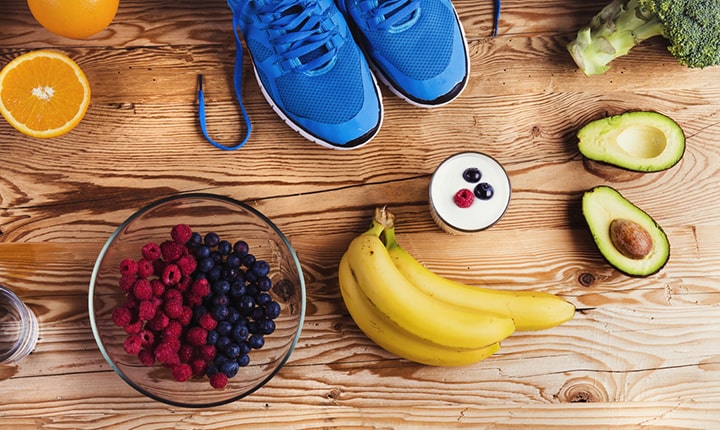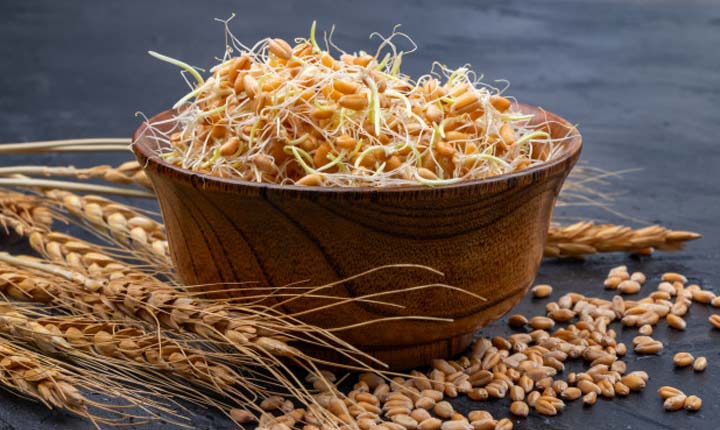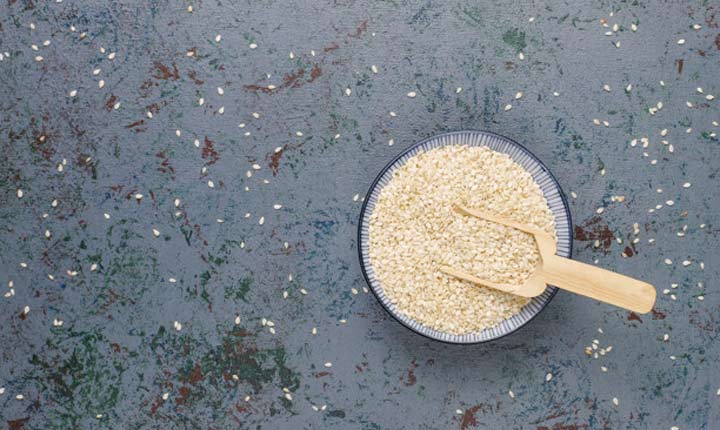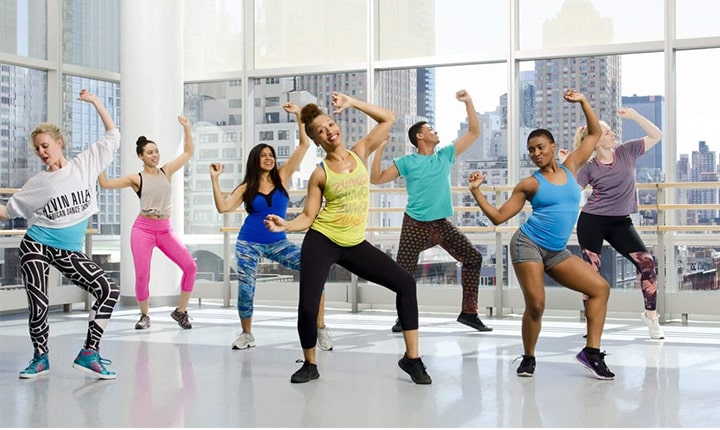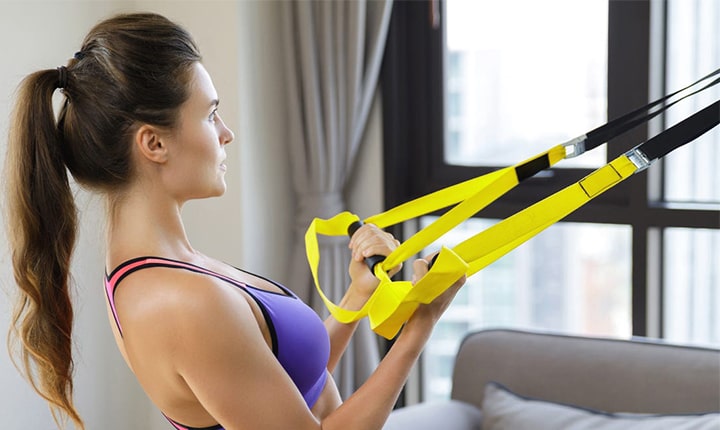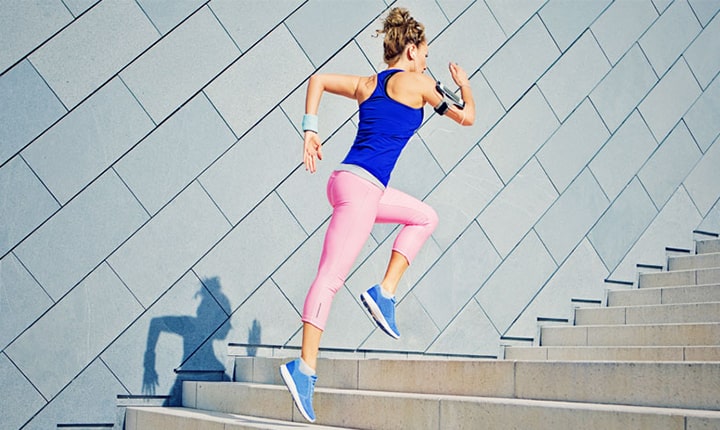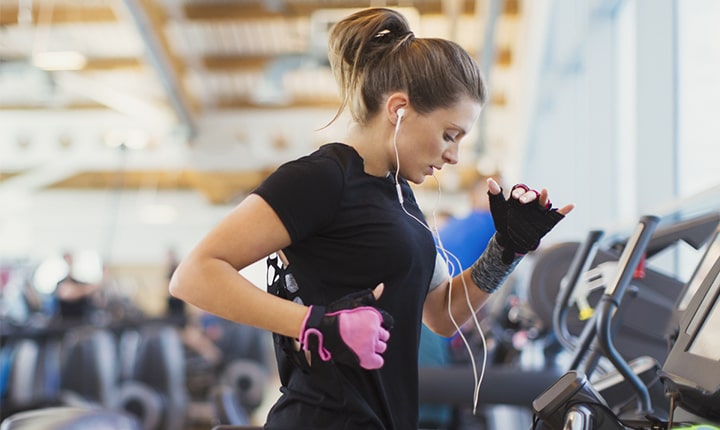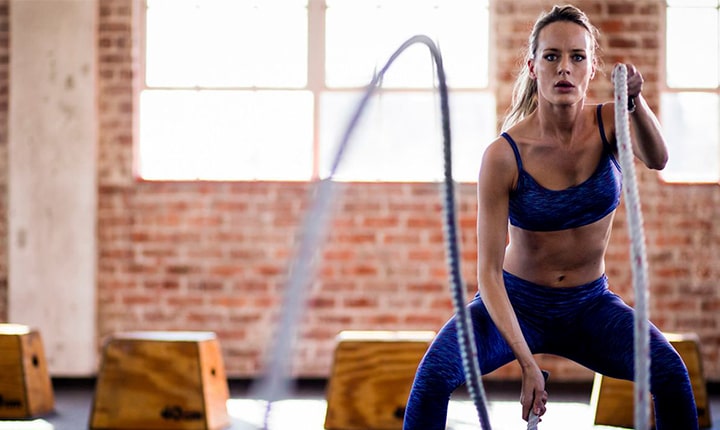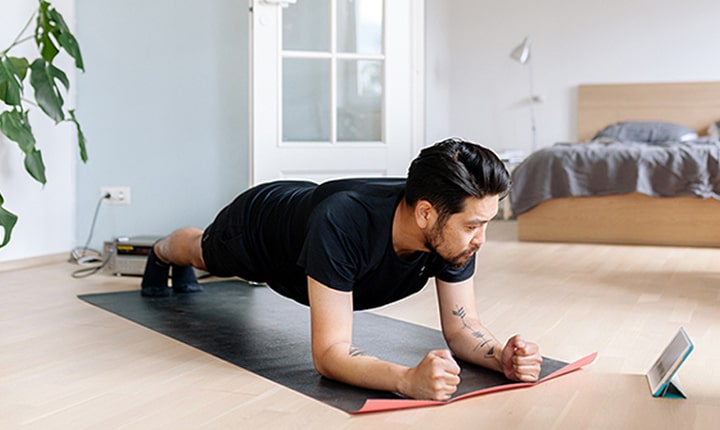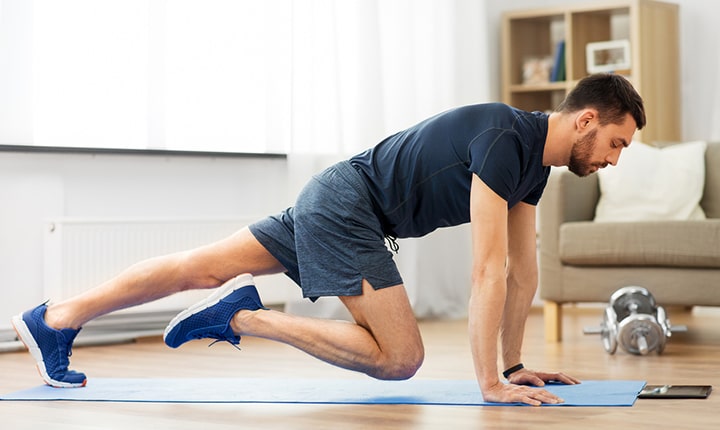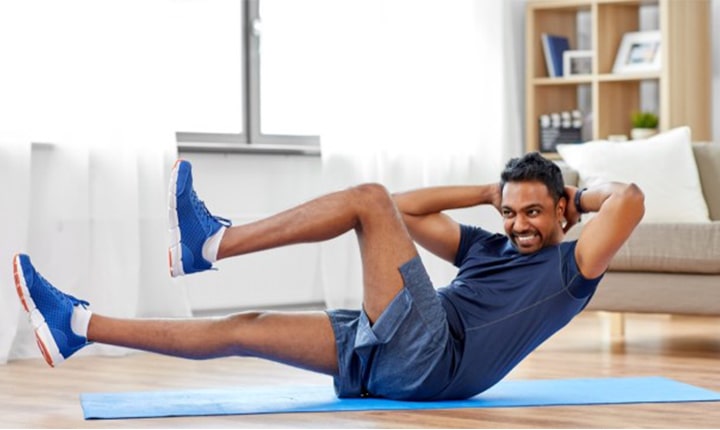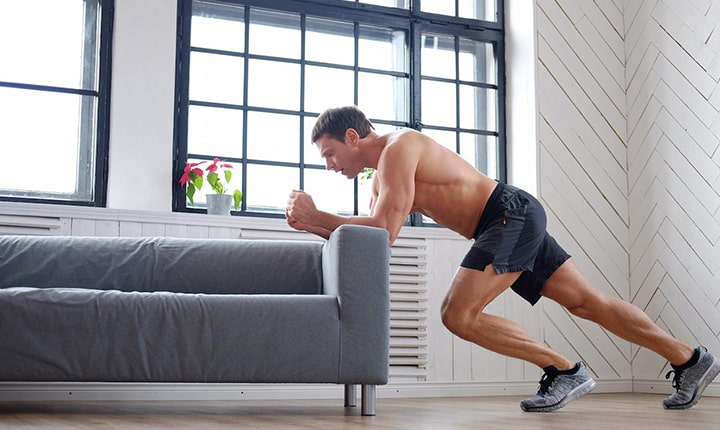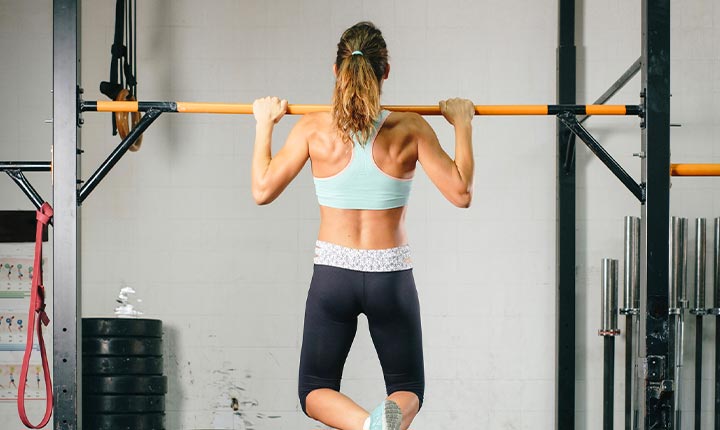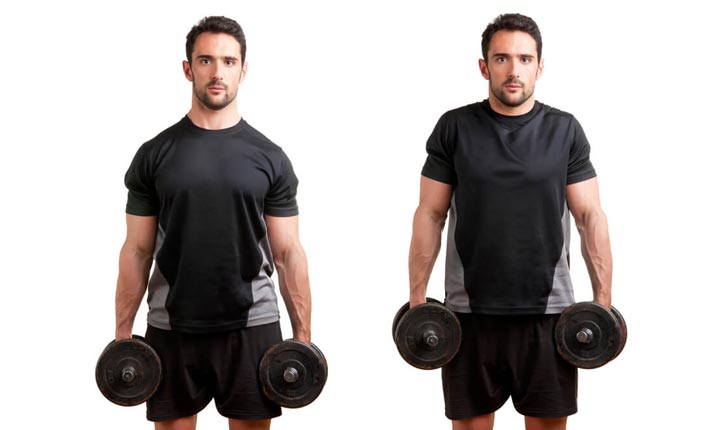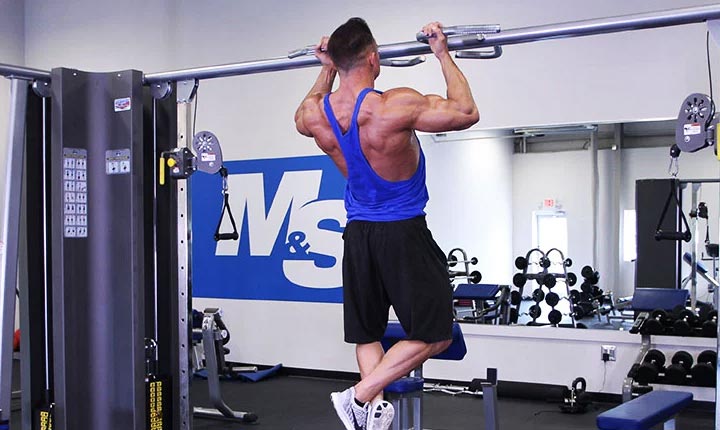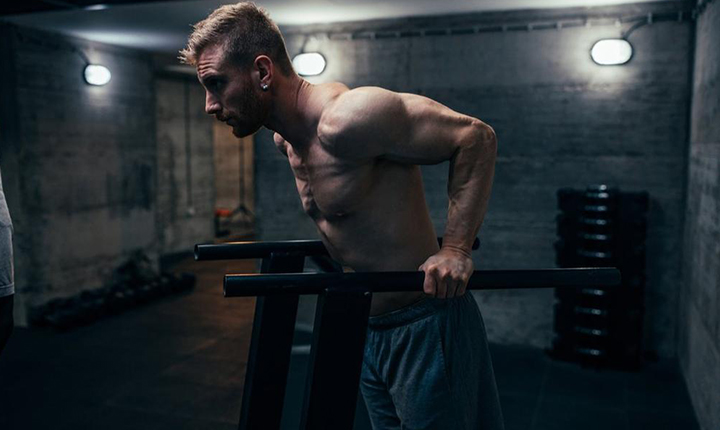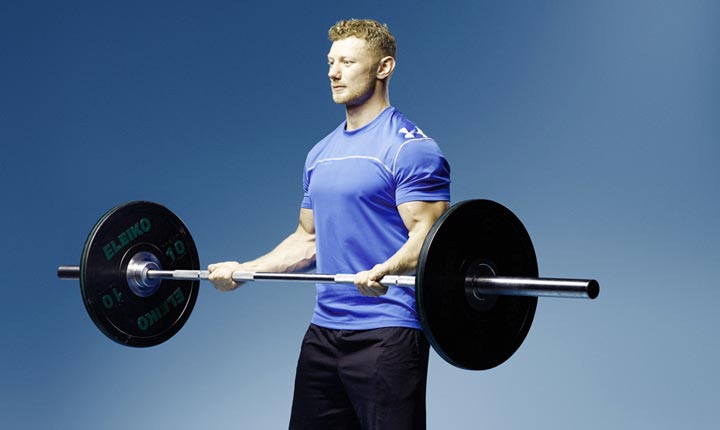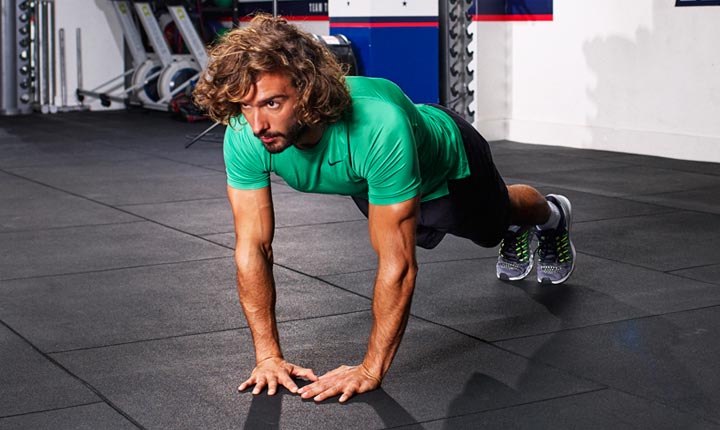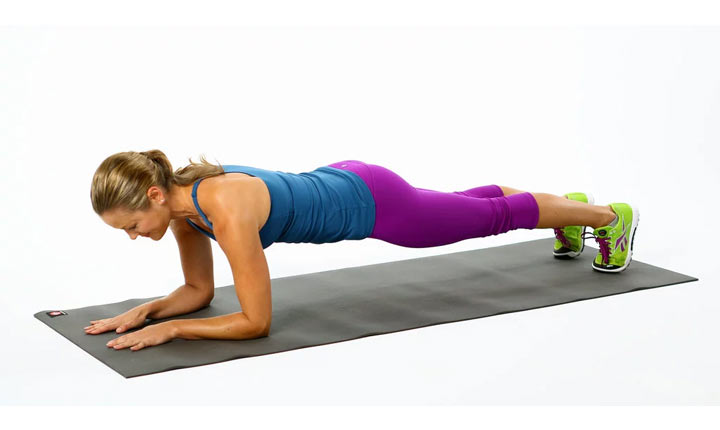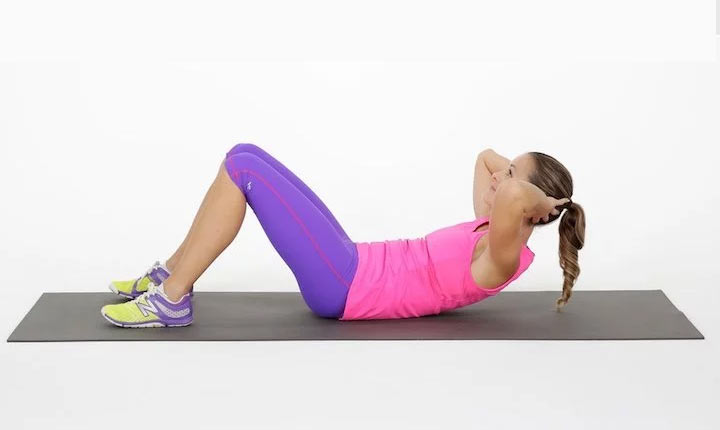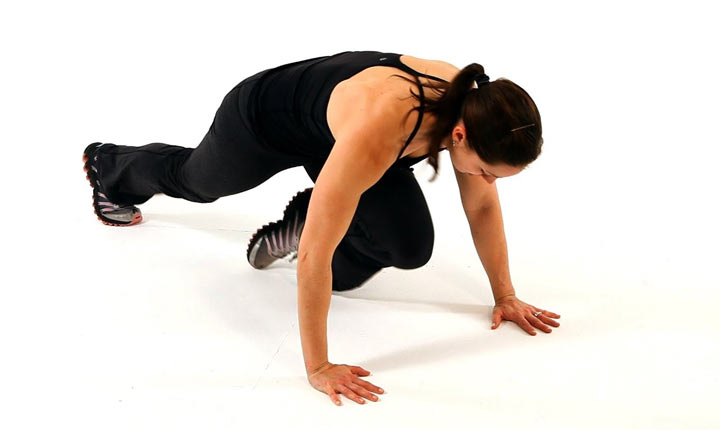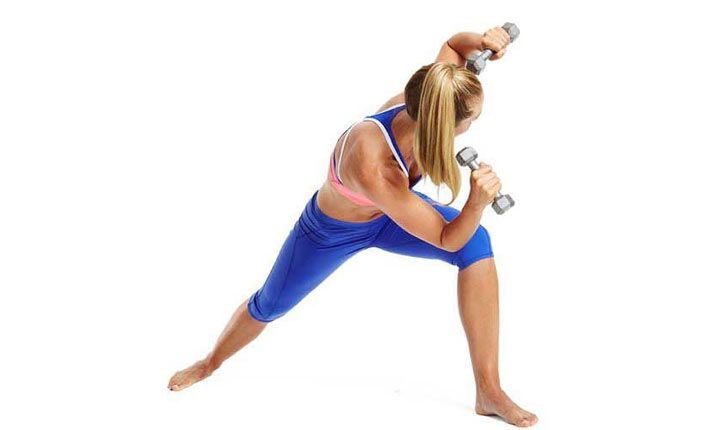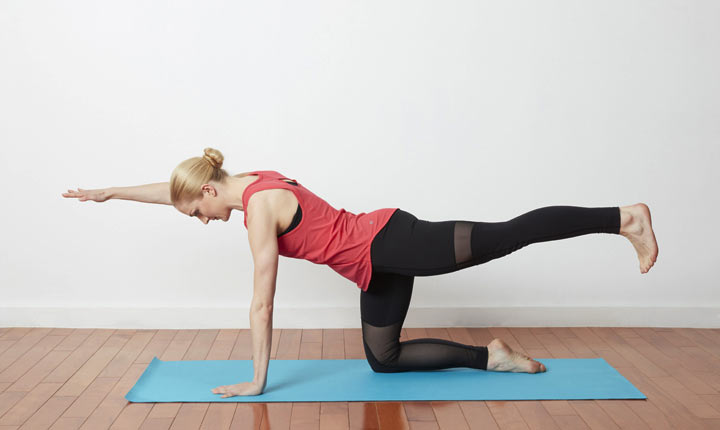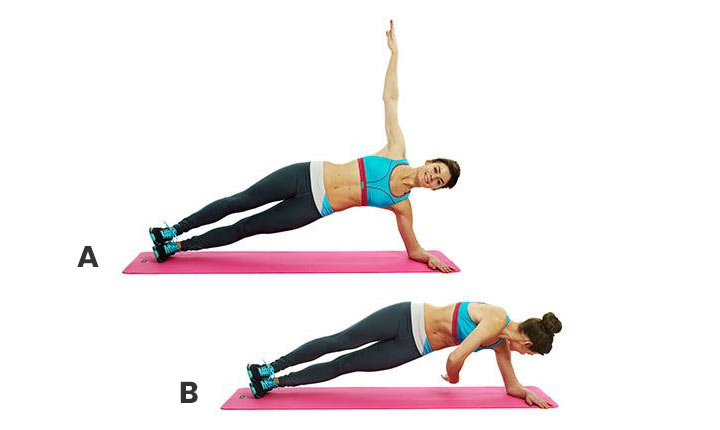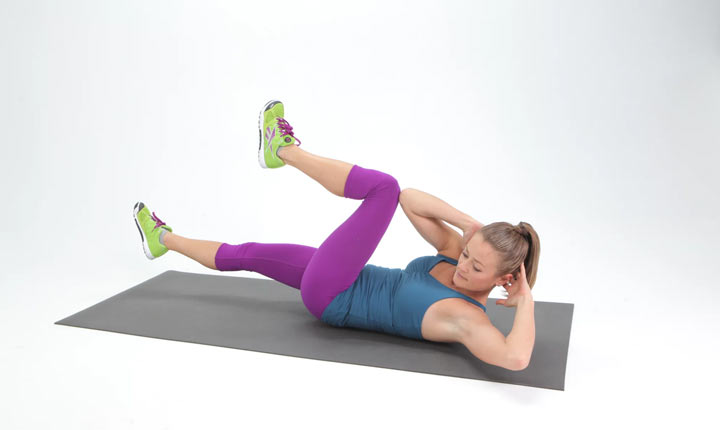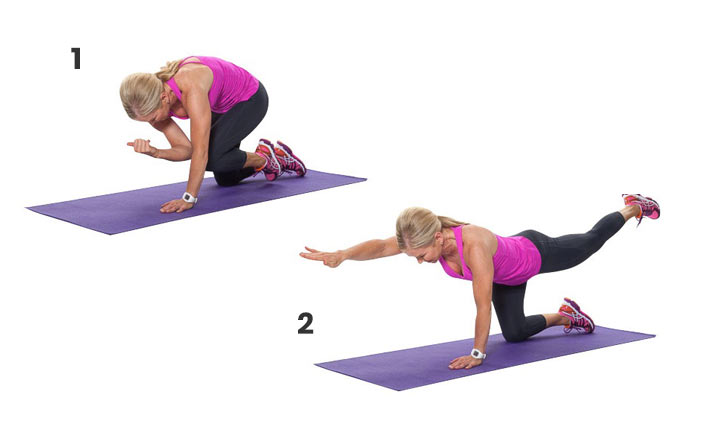When we get ourselves ready for working out, our motivation is to run faster, spin quicker, jump higher, and train harder. While dedication, discipline and hard work are essential for carrying out these actions, you need to understand that none of these would bear fruitful results if you don’t back them up with the proper fuel in the form of the right diet.
Selecting an ideal meal before workout will help in maximizing the efforts that you put in the gym. Our bodies have varied nutritional needs and you will be required to provide them with the perfect balance of all food groups.
Today, we are going to answer all your questions about what to eat before workout. We are going to lay down the individual food items as well as the food dish that you need to consume as part of your meal before workout. On top of that, we will also help you figure out the time duration between your meal and workout. So, let’s get into it.
Digging Deep into What to Eat Before Workout
The meal before workout should have a decent balance between carbs, proteins and healthy fats so that you are able to recover from the loss of energy from the workout, stave off hunger, fuel your body, and fight fatigue.
The first order of business here is to make you aware of the time interval that you need to maintain between your pre-workout meal and your workout.
The Timing of Your Pre-Workout Meal
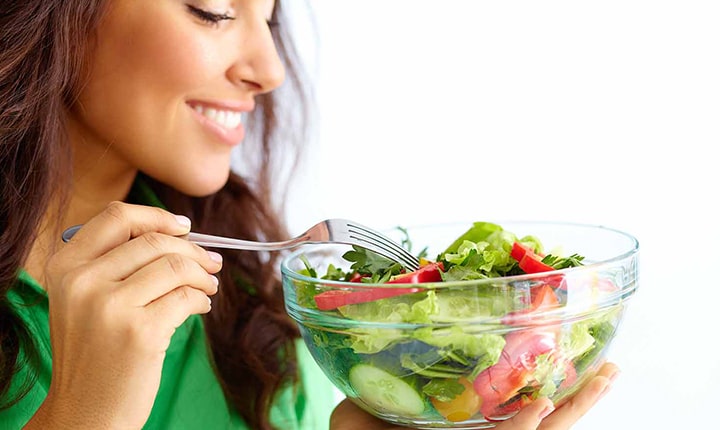
Your pre-workout meal needs to be consumed at a specific time for your body to function properly. It is an important aspect of your pre-exercise nutrition. Ideally, it is recommended that taking it 30-180 minutes before your workout is healthy. This way you can ensure that you are neither digesting the food while on the gym floor nor have you depleted all the calories from it while working out.
It should also be noted that the timing differs from person to person. Initially, it might just be trial and error and you would have to go through a series of experiments to find out which time frame works the best for your body.
If you prefer working out first thing in the morning, chances are high that you won’t be able to consume a full meal. For you, a light breakfast or a small snack is recommended. For those who workout later in the day, you can take a small snack 30-60 minutes before the workout. If you are planning to take a meal, it should be 120-180 minutes before the workout.
The rule of thumb is that the sooner you eat before your workout, the simpler and smaller the meal should be. This would help you in avoiding any stomach ache or discomfort during exercising.
Hydration

We can’t stress enough on the importance of hydration. When your body is well hydrated, it will enhance your performance. This is why we strongly recommend you to consume both water and sodium before exercising as you will lose both of them during exercise through sweating.
As far as the quantity of water is concerned, the American College of Sports Medicine recommends that one should drink 500-600 ml of water at least four hours before exercise and 200-300 ml of water 10-15 minutes before exercise. If you consume a beverage that has sodium content in it, the benefits will multiply.
Alright, let us now focus on the macronutrients, which are essentially the dietary compounds that your body needs in large quantities for it to function properly. These macronutrients are carbohydrates, proteins and fats. These are your key source of energy and each of them can contribute differently to your meal before workout.
Carbohydrate
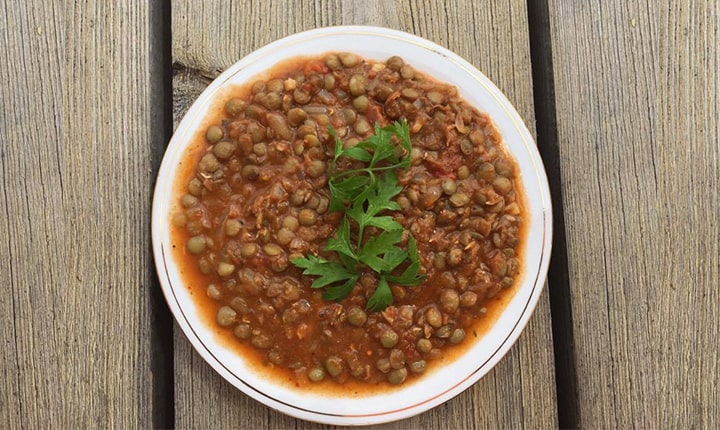
Carbohydrate-rich food helps in ensuring that your body has sufficient energy to perform well. Your body utilises the glucose from carbs for fuel. This is especially required for those who are engaging in resistance and cardiovascular exercises.
When you consume carbs, they break down into glucose. The glucose then enters our muscle cells and provides us with the fuel to exercise to the best of our abilities. The glucose is stored in the form of glycogen in your body, which are dipped into reserves when you are putting your muscles to work.
This is why eating carbs is essential before working out. It makes sure that you would have additional glucose in your tank if you need it to replenish the lost glycogen content. Without the intake of carbs, you would feel lethargic and you would be tempted to throw the towel.
Therefore, your list of what to eat before workout would be incomplete without carbs. Some of the ideal carb-rich foods for your pre-workout meal are as follows:
- Rice
- Oatmeal
- Cracker
- Granola bar
- Broccoli
- Lentils
- Beans
- Whole-grain bread
- Whole-grain pasta
- Sweet potatoes
- Quinoa
- Banana
- Beetroot
- Orange
- Blueberry
- Apple
- Grapefruit
- Chickpeas
Protein

Protein helps in improving your athletic performances and in increasing the growth of your muscles. When you include protein in your pre-workout meal, you would experience better muscle recovery and increased strength and lean body mass.
Studies have shown that your body would have a positive anabolic response if you consume just 20 gm of whey protein before exercise.
Protein is especially recommended for those who are into weight training since when you lift weights, small tears are created in your muscle fibres. These tears are repaired when you rest, which, in turn, helps in making your muscles stronger and bigger. All these are possible only when you intake protein in the meal before workout.
Proteins are responsible for supplying amino acids to your body, which, in turn, help your performance. Go for easy-to-digest protein and make sure not to eat too much protein before a workout, else you might experience stomach ache halfway through your workout. The recommended amount of protein intake is 1.6-1.8 gm for every pound of your bodyweight. This would suffice you in building muscle.
So, when it comes to what to eat before workout, you need to include protein-rich food items such as:
- Salmon
- Tuna
- Nuts
- Bans
- Eggs
- Soy
- Beef
- Lamb
- Pork
- Milk
- Yoghurt
- Cheese
- Peanut butter
- Almond butter
Healthy Fats
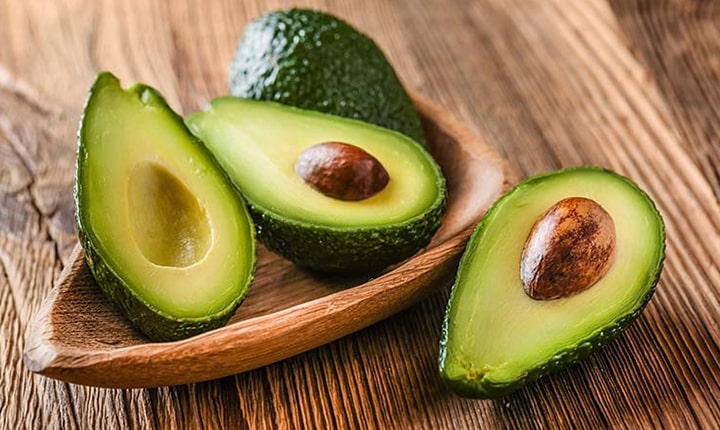
Fats are the ultimate source of energy for your body. So, it should be no surprise that the next item on our list of what to eat before workout is fat, or to put it more specifically, healthy fats.
Consuming fats before your workout is advised because your body digests fats slowly than carbs. As such, your body won’t be able to break down and absorb the fat and deplete it before the workout begins.
Although we don’t suggest eating a fat-only meal, you need to include some variation of healthy fat so that your pre-meal workout falls under the balanced diet category.
Stay away from trans fats and saturated fats as they would have a negative impact on your body. Unsaturated fats are what you need in your meal.
Here are some examples of healthy fats that you should include in your pre-workout meal:
- Avocados
- Nuts
- Seeds
- Olive oil
Caffeine

Many people are addicted to caffeine and feel that they would have to completely cut it off from pre-meal workout.
However, there is good news for you because contrary to popular belief, caffeine can help increase your power and strength. In addition, it stimulates the burning of fat and reduces any feelings of fatigue.
So, you can consume caffeine in the form of tea, coffee, energy drinks, or even pre-workout supplements and pills. Caffeine won’t affect your performance during your workout routine.
The peak effects of caffeine are usually seen 90 minutes after consumption. If you want to take caffeine, then we suggest taking it 15-60 minutes before your workout regime.
Ideal Pre-Workout Meals
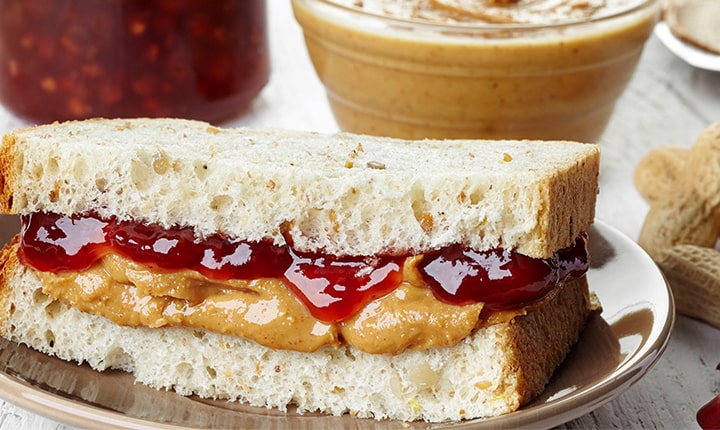
Now that we have acquainted you with the individual food items that are healthy for you to eat before your workout regime, it is time that we recommend some wholesome meal to you. Remember, we aren’t asking you to consume them all. Pick and choose whatever suits your taste and needs. We just have tried to broaden the list by including a diverse food range.
Alright, some of the ideal pre-workout meals that you can enjoy are as follows:
- Oatmeal with low-fat milk and fruit
- Peanut butter and jelly sandwich
- Trail mix
- Fruit and yoghurt smoothie
- Chocolate milk
- Whole-grain turkey wrap
- Chicken, brown rice, and veggies
- Egg and whole-wheat toast
- Low-fat latte and an apple
- Salmon With Sweet Potato
- Greek Yogurt and Fruit
- Chicken thighs, rice and steamed vegetables
- Oatmeal, protein powder and blueberries
- Scrambled eggs, veggies and avocado
Summary
So, as you see the type, amount and the timing of food that you intake before a workout has a direct effect on your performance. So, stay hydrated and make sure that your pre-workout meal is essentially a balanced diet. The presence of macronutrients – carbs, proteins and healthy fats will enhance your performance.
Moreover, maintain a proper time interval between your pre-workout meal and your workout regime so that you neither are out of energy while eating nor are you still in the process of digestion while working out. We hope our detailed guide of what to eat before workout will help you boost your performance further and that you are able to make the most out of your hard work.


